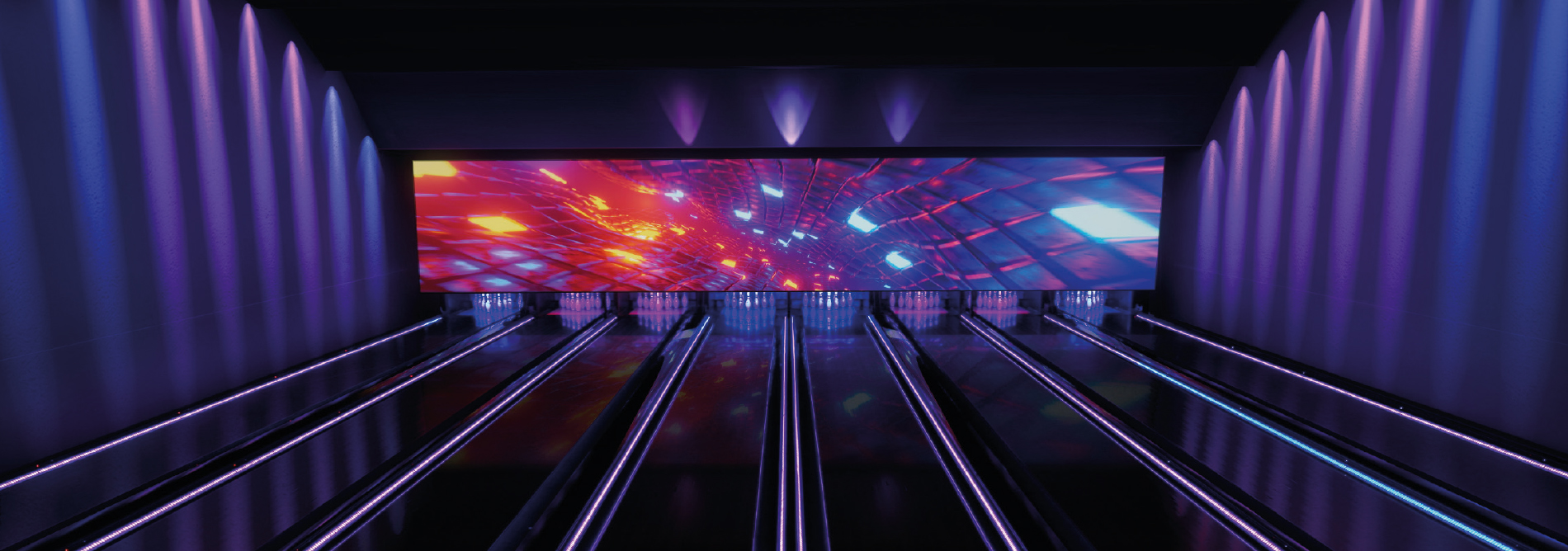The initial step in guaranteeing color accuracy is understanding how LED technology works. LEDs, or light-emitting diodes, generate light in various colors by combining red, green, and blue (RGB) light. Each pixel on an LED screen is made up of these three hues. When tuned correctly, the mix of RGB can produce a wide range of colors. However, if one color is too intense or too faint, it can distort the whole screen. This is why tuning is needed to equalize the colors and achieve the intended graphic result.
Calibration involves adjusting the settings of the LED wall to make sure that the colors shown match the initial material as nearby as possible. This procedure typically involves using specialized software and hardware instruments. Technicians frequently use color measurement devices, such as spectrophotometers, to examine the colors being shown. By comparing the assessed hues to benchmark color values, they can make precise modifications. This ensures that the colors are not only vibrant but also uniform across the entire display.
Another crucial factor of color accuracy is understanding the environment in which the LED screen is employed. Factors such as surrounding light can significantly affect how hues appear. For instance, a brightly illuminated room may wash out hues, making them look not as lively. To mitigate this, technicians may adjust the luminosity and differentiation settings of the LED screen. Additionally, they may choose specific color settings that are better appropriate for different lighting environments. This adaptability helps preserve color accuracy regardless of the observing environment.

Finally, regular maintenance and recalibration are crucial for maintaining an LED wall looking its finest. Over time, the performance of LEDs can change due to factors like degradation and heat fluctuations. Frequent checks and adjustments can help ensure that the colors stay correct and lively. By committing time in appropriate calibration and maintenance, venues can provide viewers with breathtaking graphic presentations that improve their total impression. Perfecting color precision in LED wall calibration is not just a technical job; find more information it is an expertise that contributes to the magic of graphic narration.